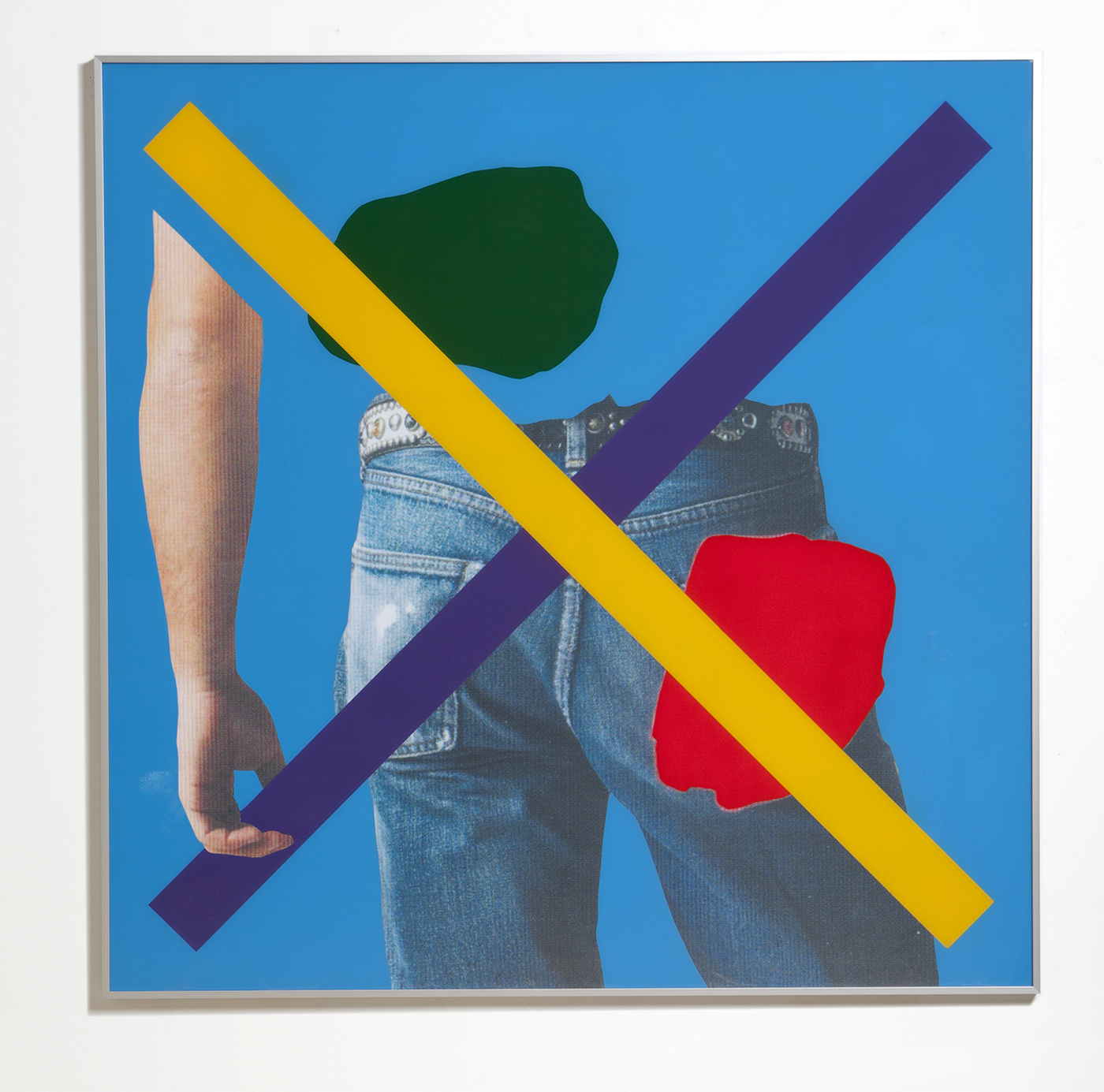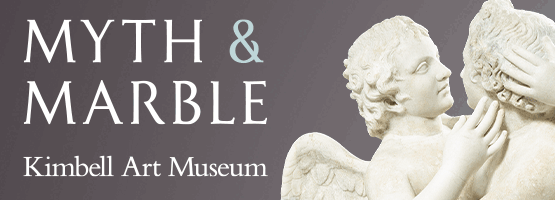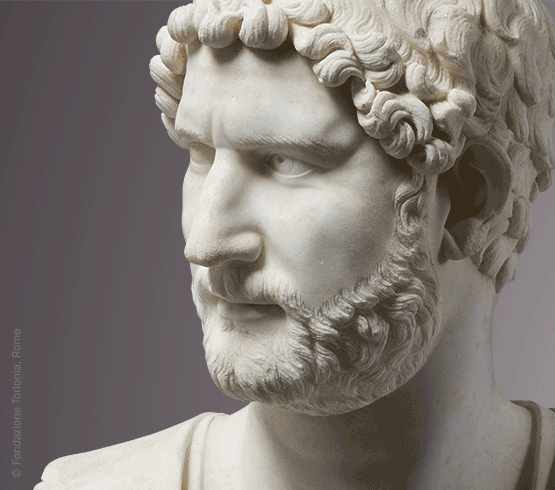Can absence have a presence? Artist Alex Da Corte and The Modern Art Museum of Fort Worth’s curator Alison Hearst think so. The current exhibition The Whale, on view March 2 through Sept. 7, gives viewers a glimpse into how the artist gathers together the ghosts of pop culture and art history, and how his unconventional approach to subject matter and materials reveals our complicated relationships with the apparitions.
“Rendered by artist Alex Da Corte, The Great Pretender inhabits this knot of absences and gives it visual form,” Alison Hearst writes in the exhibition catalogue, published in conjunction with DelMonico Books.
That “knot” refers to a tangle of pop culture references embedded in the painting, which points in part to the mainstream media’s role in LGBTQ representation (or lack thereof) and the transformation of the subject herself—the magical makings (or unmakings) of a Hollywood star. Or anyone, for that matter.
Hearst first experienced the artist’s multidimensional practice in a 2016 exhibition at the Hammer Museum in Los Angeles, followed by one at Carnegie International, Venice Biennale, and then the Dallas Museum of Art. She explains that when they finally met in person, Da Corte was putting himself through graduate school and he was in town to paint a fresco for a retail store.
“He spent a lot of time at our museum,” she says. “He told me later how integral our museum was to his practice—Martin Puryear’s Ladder for Booker T. Washington (1996) made him consider where the edges of sculpture end and where architecture begins. Alex was starting to deeply consider space and think about his work in terms of installation.”
The collaborative possibilities were already brewing.
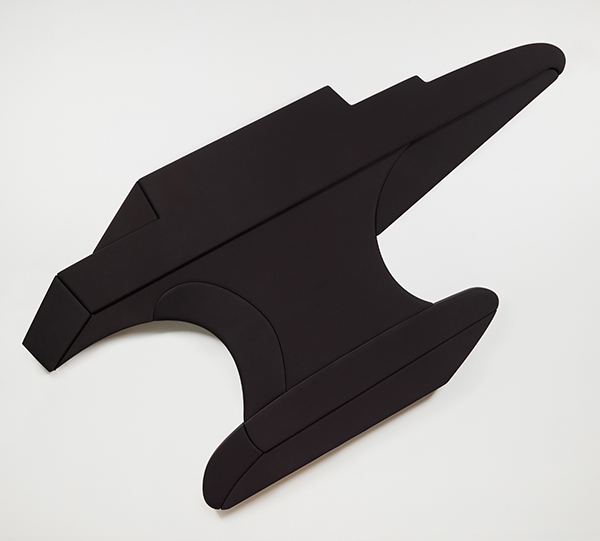
1 ⁄5
Alex Da Corte, The Anvil, 2023
Neoprene, EPS foam, upholstery foam, staples, thread, polyester fiber, epoxy clay, MDF, plywood
119 × 139 in
© Alex Da Corte
Photo: Natalie Piserchio
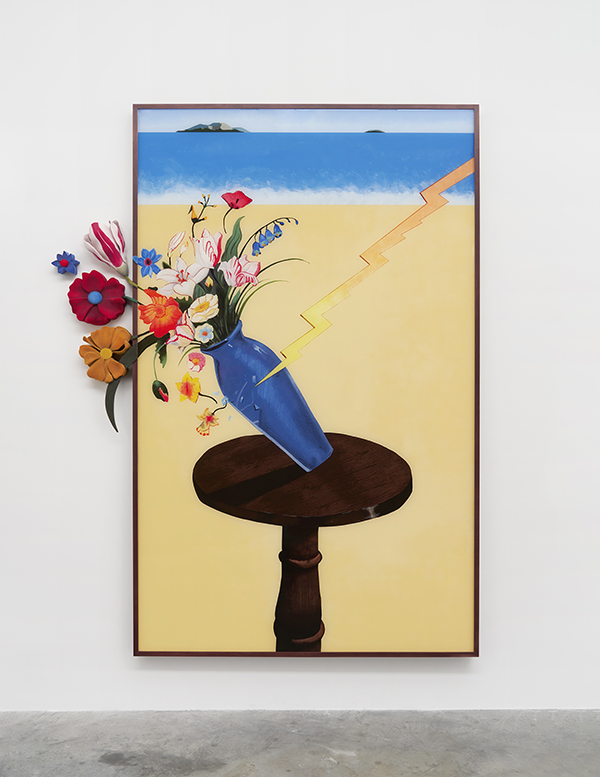
2 ⁄5
Alex Da Corte, The Lightning Strike, 2024
Plexiglas, Flashe paint, sequin pins, foam, velvet, hardware, flock, plastic, epoxy, adhesive, wood frame
97 × 75 × 5 in
© Alex Da Corte
Photo: courtesy Matthew Marks Gallery
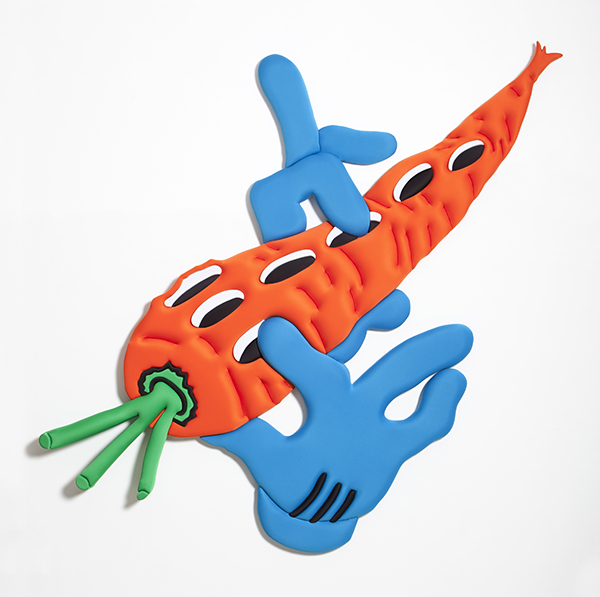
3 ⁄5
Alex Da Corte, The Pied Piper, 2019
Neoprene, EPS foam, upholstery foam, staples, thread, polyester fiber, epoxy clay, MDF, plywood
120 × 120 × 6 ½ in
© Alex Da Corte
Photo: Karma
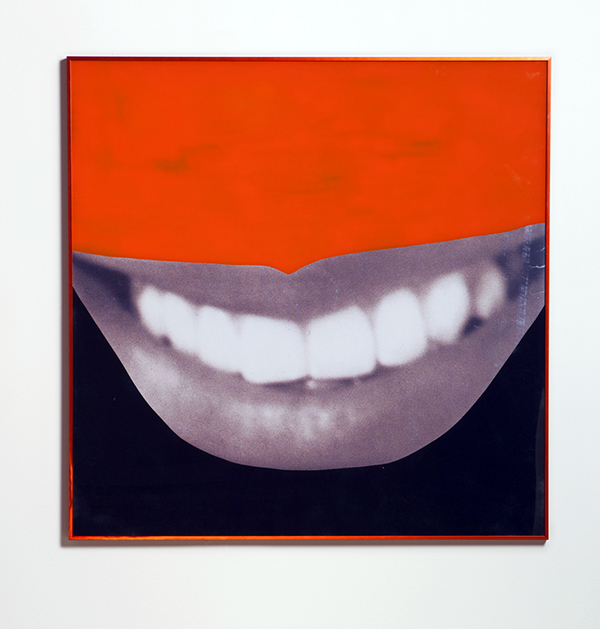
4 ⁄5
Alex Da Corte, Siren (After E K Charter), 2015
Digital print on poplin, foam, spray paint, anodized metal frames, plexiglass, sequin pins, velvet
56 × 56 in
© Alex Da Corte
Photo: John Bernardo
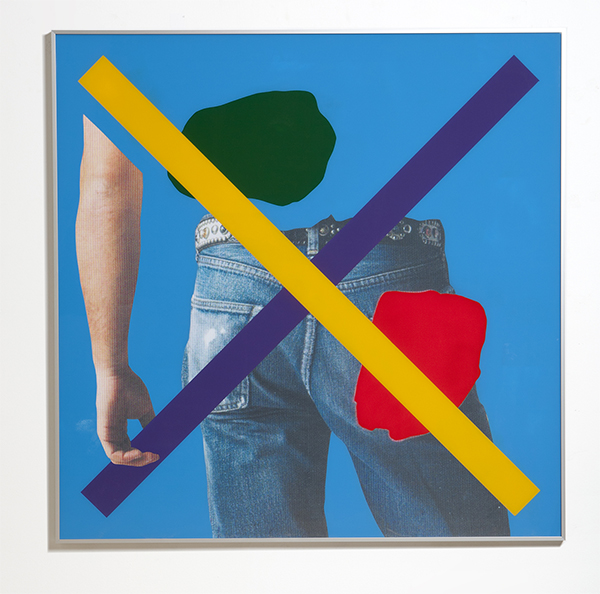
5 ⁄5
Alex Da Corte, Born on the Floor, 2016
Digital print on poplin, foam, spray paint, anodized metal frame, plexiglass, sequin pins, velvet
56 × 56 × 1.5 in
Private Collector
© Alex Da Corte
Photo: John Bernardo
The Whale, which Hearst says is “not a white-wall situation,” showcases Da Corte’s expanded views through paintings that he has made from historically non-painterly materials such as neoprene, nylon, mylar, shampoo, and commercial displays. For some works, he employed reverse-glass painting, a technique used by fine artists and commercial or graphic artists alike.
“I knew that painting had long been part of his oeuvre. The paintings have always been present within his larger narrative installations, but honestly they haven’t been considered on their own, so that felt exciting to me,” says Hearst.
Hearst says, “He takes these pop culture icons and dismantles them, turning them into something new to give them back to us so that we can have agency over what they mean.” And Da Corte notes in the exhibition catalogue, via a series transcribed voice memos, “you’ve taken away the code, can you still understand who, or what, is being portrayed?”
In addition to being the first to survey the artist’s paintings, other firsts for the museum include an exhibiting artist acting as curator and presenting a performative element as part of an exhibition. For The Whale, Da Corte curated works from The Modern’s collection into the museum’s other gallery spaces, including Ellsworth Kelly’s 1986 Dark Green Panel, Dark Blue Panel, and Red Panel, which Hearst says will allow visitors to see the museum’s collection from a different angle. And staff members from the museum’s installation crew will carry out the live painting essential to Da Corte’s video ROY G BIV (2022).
“His exhibition will challenge people’s notions of what a painting is today and what painting can do today. It does feel subversive, which tracks with his overall practice.”
—NANCY ZASTUDIL

